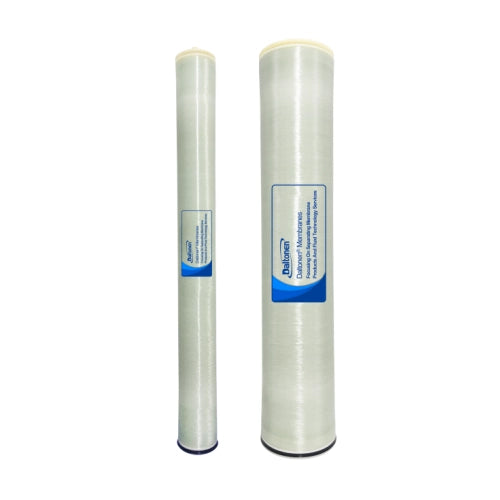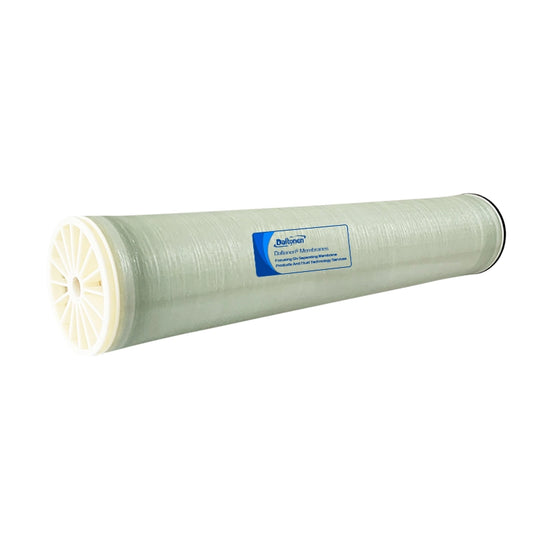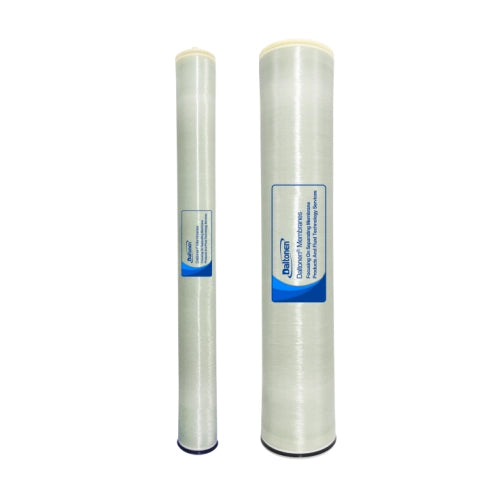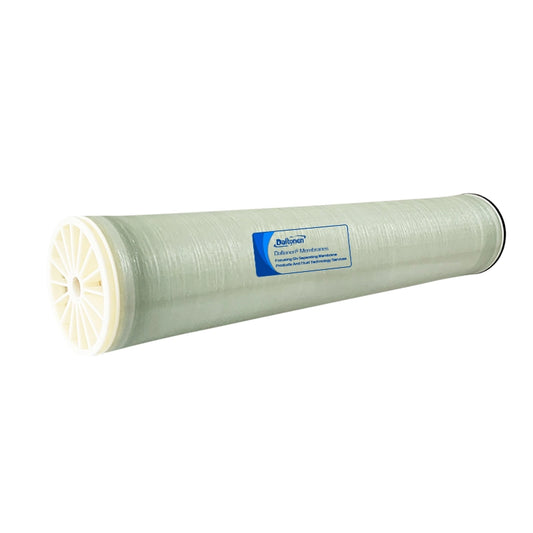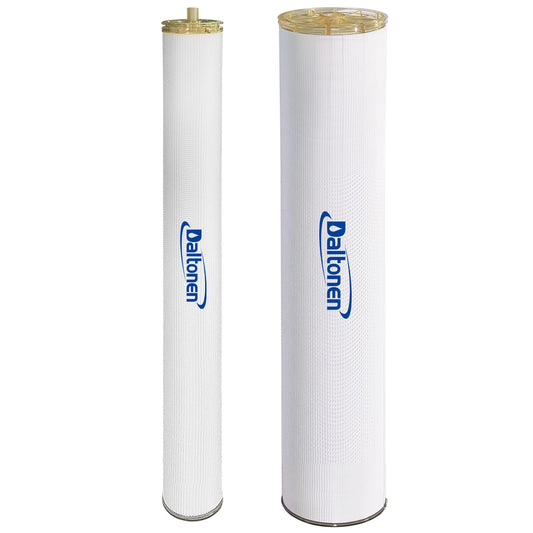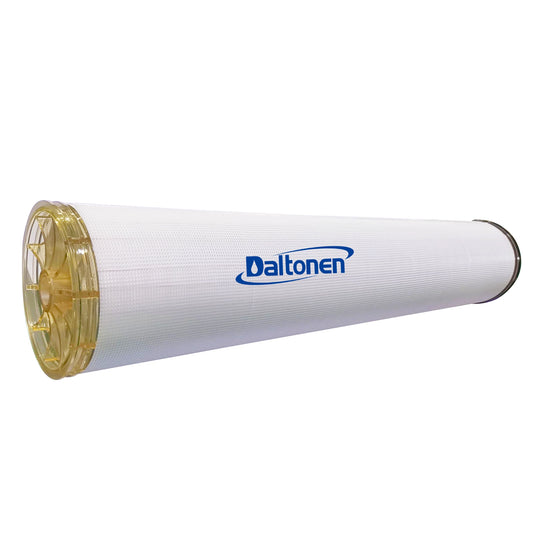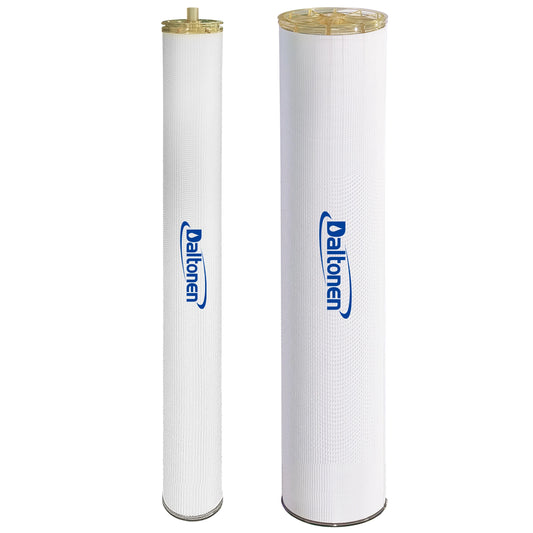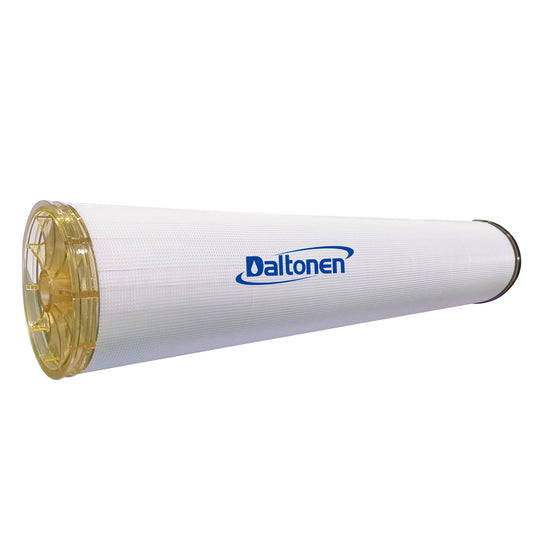Process Design Scheme for Water and Wastewater Management in Copper Metallurgical Production
Process Design Scheme for Water and Wastewater Management in Copper Metallurgical Production
1.0 Design Basis and Water Quality Characteristics
-
Source Water: Surface water, groundwater, or municipal supply.
-
Water Usage Profile: Copper smelting is a water-intensive process with diverse quality requirements, ranging from once-through cooling to high-pressure boiler feedwater. The production process generates significant volumes of acidic heavy metal wastewater.
-
Core Challenges:
-
Wastewater Characteristics: Strong acidity (pH 1-3), high concentrations of heavy metal ions (e.g., Cu, Pb, Zn, As, Cd), high suspended solids (SS), and high total dissolved solids (TDS).
-
Dispersed Points of Use: Includes furnace cooling, flue gas purification, electrolysis, and acid plant operations, with varying water quality requirements.
-
Environmental Compliance Pressure: Mandatory strict control of heavy metal pollutants and achievement of near-zero liquid discharge (NZLD) for wastewater.
-
-
Design Objectives:
-
Water Reuse Rate: ≥ 95%
-
Wastewater Discharge: Achieve Near-Zero Liquid Discharge (Near-ZLD)
-
Heavy Metal Recovery: Recover valuable metals from wastewater streams.
-
2.0 Plant-Wide Water System: Cascading Treatment and Recycling Flow
The following flowchart illustrates the plant-wide water system architecture of the copper smelter, based on the principles of "segregated water supply, cascading treatment, and sequential reuse."
flowchart TD
subgraph RawWater[Raw Water Pretreatment & Distribution]
A[Raw Water] --> B[Pre-sedimentation<br>/Coagulation-Sedimentation];
B --> C[Conventional Pretreatment<br>e.g., MM-Filtration, Softening];
C --> D[Clear Raw Water Tank];
end
subgraph WaterUsingSystem[Water Using Units & Wastewater Collection]
D --> E[Indirect Cooling<br>Closed Loop System];
D --> F[Process Water<br>e.g., Smelting, Electrolysis];
D --> G[Boiler Make-up Water Treatment<br>RO+MB];
E -- Blowdown --> H[Wastewater Collection Tank];
F -- Process Wastewater --> I[Acidic Heavy Metal<br>Wastewater Collection];
G -- RO Concentrate --> H;
end
subgraph WastewaterTreatment[Wastewater Treatment & Reuse]
I -- Acidic Wastewater --> J[Neutralization Reactor<br>Lime/Caustic Dosing];
J --> K[Flocculation-<br>Sedimentation Tank];
K --> L[Heavy Metal Sludge<br>Hazardous Waste Disposal];
K -- Supernatant --> M[pH Adjustment Tank];
M --> N[Advanced Purification<br>e.g., Filtration, UF];
N --> O[Membrane Concentration<br>Reverse Osmosis RO];
O -- RO Permeate --> D;
O -- RO Concentrate --> P[Brine Tank];
H -- Saline Wastewater --> P;
end
subgraph ZLD[Zero Liquid Discharge Unit]
P --> Q[Advanced Oxidation/<br>Biological Treatment];
Q --> R[Advanced Concentration<br>e.g., DTRO/EDR];
R -- Diluted Water --> D;
R -- Concentrated Brine --> S[Evaporation/Crystallization<br>e.g., MVR/MED];
S --> T[Crystalline Salts];
S --> U[Distillate];
U --> D;
end

Step-by-Step Process Description:
I. Segregated Water Supply System
A graded water supply network is established based on the specific quality requirements of different production units:
-
High-Pressure Boiler Feedwater:
-
User: Waste heat boilers.
-
Process: Ultrapure water production via "Pretreatment + Reverse Osmosis (RO) + Mixed Bed (MB) Ion Exchange".
-
Water Quality: Conductivity < 0.2 µS/cm, SiO₂ < 20 µg/L.
-
-
Closed-Loop Cooling Water System:
-
Users: Indirect cooling of furnaces, blowers, transformers, etc.
-
Process: A closed-circuit system using softened water or RO permeate as makeup. Heat rejection is achieved via plate heat exchangers, with corrosion and scale inhibitors added.
-
Characteristics: High water quality requirements. Water is only thermally polluted during circulation, resulting in minimal blowdown.
-
-
Open-Loop Cooling & Process Water System:
-
Users: Gas scrubbing, slag granulation, direct equipment cooling.
-
Process: Water contacts materials directly, becoming heavily contaminated. Requires treatment via coagulation, sedimentation, and filtration before recirculation. Makeup water is treated reclaim water or clear raw water.
-
II. Core Wastewater Treatment and Reuse System (Acidic Heavy Metal Wastewater)
This is the core and most challenging aspect of water treatment in copper smelting.
-
Neutralization-Precipitation (Chemical Treatment):
-
Objective: Remove heavy metal ions from wastewater.
-
Process: Lime (Ca(OH)₂) or Sodium Hydroxide (NaOH) is dosed into the acidic wastewater to adjust the pH to 9-11. Under these alkaline conditions, most heavy metal ions form insoluble hydroxide or carbonate precipitates.
-
Example Reaction:
Cu²⁺ + 2OH⁻ → Cu(OH)₂↓ -
Sequential Step: Flocculants (e.g., PAM) are added, followed by solid-liquid separation in a clarifier (e.g., inclined plate settler).
-
Outputs:
-
Supernatant: Proceeds to advanced treatment.
-
Sludge: Rich in heavy metals, handled as hazardous waste for secure landfill or sent to licensed facilities for metal recovery.
-
-
-
Advanced Purification and Reuse:
-
Objective: Ensure stable quality of reclaim water, particularly preventing scaling and biofouling.
-
Process: The supernatant from neutralization is passed through Multi-Media Filters and Ultrafiltration (UF) to remove residual suspended solids and colloids, then enters a Reverse Osmosis (RO) system for desalination.
-
Outputs:
-
RO Permeate (~75% volume): High-quality water suitable for reuse in the closed-loop cooling system or process water.
-
RO Concentrate (~25% volume): High-salinity stream directed to the ZLD system.
-
-
III. End-of-Pipe Zero Liquid Discharge (ZLD) System
Treats all high-salinity wastewater streams, including RO concentrate and cooling system blowdown.
-
Advanced Oxidation/Biological Treatment: Degrades trace organic matter (COD) in the wastewater to prepare it for subsequent membrane concentration.
-
Advanced Membrane Concentration: Technologies like Disc-Tube Reverse Osmosis (DTRO) or Electrodialysis Reversal (EDR), which are resistant to high salinity and fouling, are used to further reduce the wastewater volume to 10-15% of the original.
-
Evaporation/Crystallization:
-
Process: A Mechanical Vapor Recompression (MVR) evaporator is typically used to evaporate the brine. The vapor is condensed and reused as high-purity distillate.
-
Final Product: Dissolved solids crystallize upon reaching supersaturation, forming mixed salts handled as solid waste. This achieves Near-Zero Liquid Discharge for the entire plant.
-
3.0 Summary of Scheme Advantages
-
Resource Recovery: Maximizes water resource efficiency and enables recovery of valuable metals from wastewater streams, turning waste into a resource.
-
Environmental Sustainability: Effectively mitigates the environmental risks associated with acidic heavy metal wastewater, achieving NZLD and ensuring compliance with the most stringent environmental regulations.
-
Economic Viability: The cascading water use strategy reduces consumption of high-quality water (e.g., ultrapure water). While the ZLD system requires significant capital investment (CAPEX), it eliminates potential heavy fines for pollution and mitigates environmental liabilities.
-
Reliability and Safety: The treatment train, particularly the combination of Neutralization-Precipitation + RO + Evaporation, is a proven and robust solution for treating complex industrial wastewater.
This scheme provides a comprehensive, efficient, and compliant water resource management solution for copper smelting operations, serving as a critical technical foundation for achieving green smelting and sustainable development.
